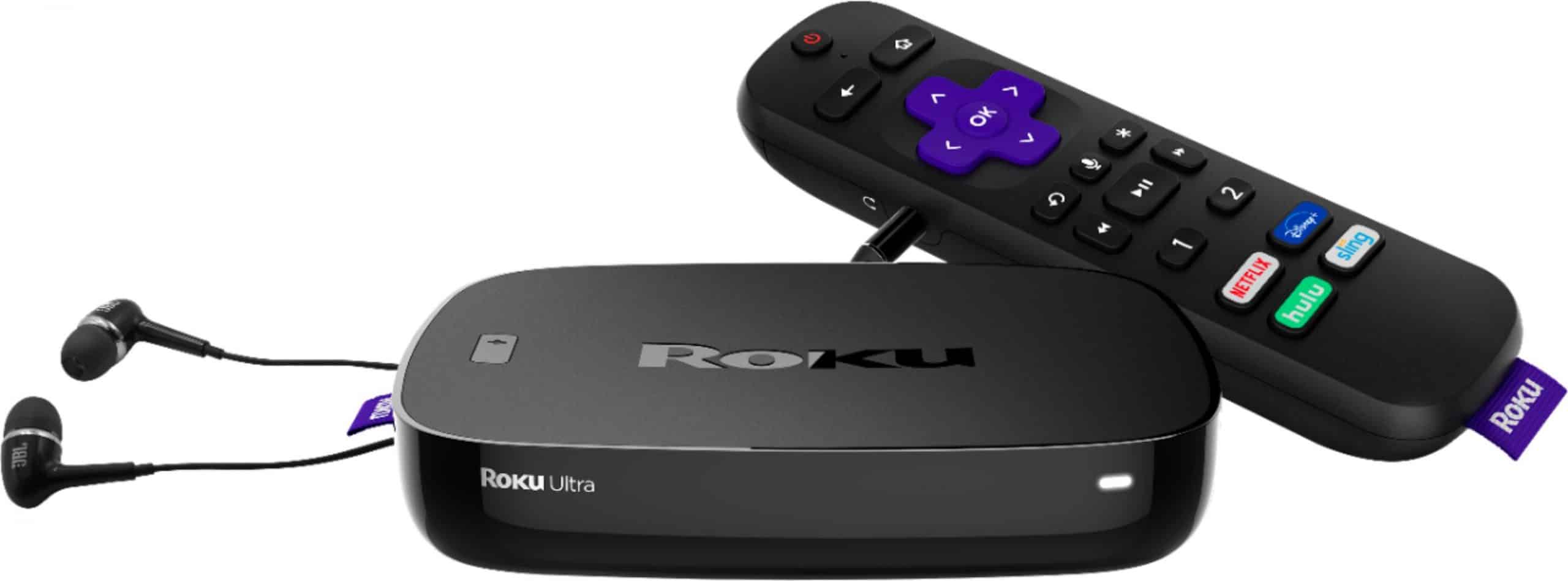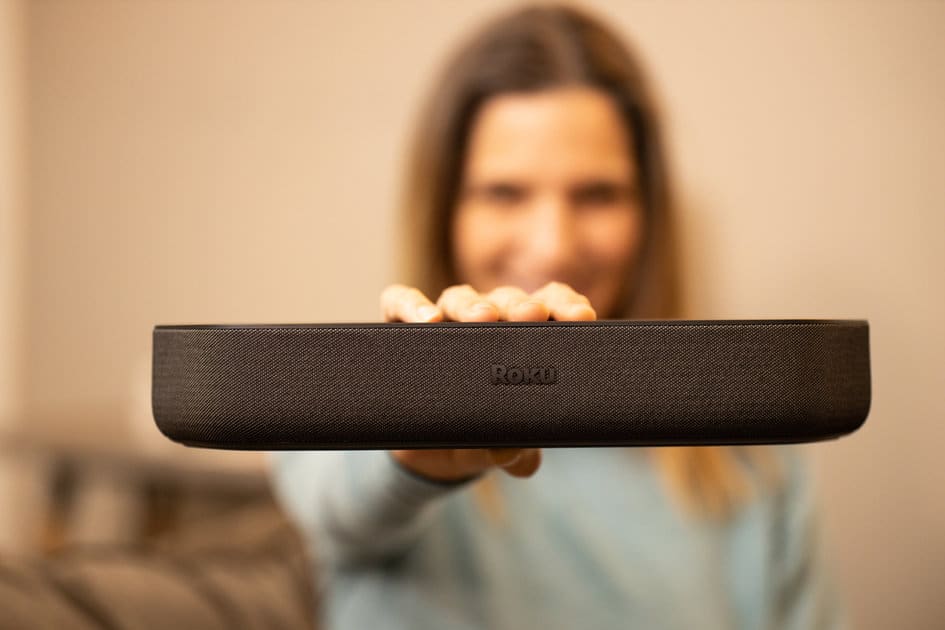The quality of streaming devices has increased in recent times, all thanks to lots of companies satisfying our streaming appetite at very reasonable prices. However, with several new and cheap streaming devices to select from, making up your mind can be difficult. To help with that, see our list of 7 Best Streaming Devices:
1. Chromecast with Google TV:
This device can stream 4K, HDR, HDR10+, and Dolby Vision content, plus Dolby Atmos soundtracks and it makes use of a rebranded version of Android TV named Google TV that employs machine learning to power Google’s Knowledge Graph.
Must Read: How Do I Connect My Android Phone To A Projector
It is also simple to set up and it comes with remote control for streaming, casting, and voice commands.
2. Amazon Fire TV Stick 4K:

This device comes with support for 4K, HDR10+, Dolby Vision, and Dolby Atmos and it allows you to contact its voice assistant with the touch of a button. Its Alexa remote is very useful as it comes with dedicated rewind and fast-forward buttons. While Chromecast uses casting, this one uses Bluetooth 5.0.
3. Apple TV 4K:

This device is home to a 2.38 GHz, 6-core processor that ensures menus and searches move quicker than expected and it comes with a Picture-in-Picture mode that allows you to use 2 different apps simultaneously on your television. It also supports various live TV services, including Hulu with Live TV, YouTube TV, AT&T TV, Sling TV, and Charter Spectrum.
4. NVIDIA Shield TV:

This device can show 720p or 1080p content and improve it in real-time to 4K at 30 FPS. All 4K Television sets upscale non-4K content by default to fill in the missing pixels,
Must Read: 4 Best Android TV Boxes
however, the process does it brilliantly so that it appears to be shot natively in 4K. It also comes with Google Assistant built into the remote and 2 Mimo wifi antennas.
5. Roku Ultra:

This one might be too expensive for some, but its Roku Streaming Stick+ package provides 4K HDR video at half the price, even if both packages have no embedded voice assistant.
Must Read: 6 Best Cheap Roku Devices To Buy
Its cheaper Stick+ model does not come with the Ultra’s USB port for expandable storage, 100 Mbps ethernet port, Bluetooth connectivity, and massively enhanced remote control. Roku Ultra is home to a built-in headphone jack and ships with JBL headphones to listen to your TV audio peacefully.
6. Roku Streambar:

This is a fully functional 2.0-channel soundbar that is home to 4 1.9″ full-range speakers, 2 front-firing, and 2 side-firing. Even if this device is not as advanced as the Roku Ultra, it can stream 4K HDR10 and Dolby Audio, but not Dolby Vision or Dolby Atmos.
Must Read: Best Streaming Apps For Kids
It comes with a non-customizable remote control too and the device makes sure your audio and video streaming combine to only take up a single HDMI slot.
7. Amazon Fire TV Stick Lite:

This streaming device is actually fifty times quicker with Alexa commands and more powerful than the last generation of Fire TV Sticks. It comes with the same quad-core processor and 8GB of storage as the Fire TV Stick 4K, and it guarantees enhanced Alexa navigation controls. For its low price, however, you will be missing out on features such as 4K video, a remote, Dolby Atmos e.t.c.
There you have it – a comprehensive list of 7 best streaming devices to buy. if you have any personal favorite or other recommendations, feel free to drop them in the comment section below.
More Information On Streaming Media:
Streaming media is multimedia that is constantly received by and presented to an end-user while being delivered by a provider. The verb to stream refers to the process of delivering or obtaining media in this manner. Streaming refers to the delivery method of the medium, rather than the medium itself.
Distinguishing delivery method from the media distributed applies specifically to telecommunications networks, as most of the delivery systems are either inherently streaming (e.g. radio, television, streaming apps) or inherently non-streaming (e.g. books, video cassettes, audio CDs).
There are challenges with streaming content on the Internet. For example, users whose Internet connection lacks sufficient bandwidth may experience stops, lags, or slow buffering of the content. And users lacking compatible hardware or software systems may be unable to stream certain content.
Media that is live streamed can be recorded through certain media players such as VLC player, or through the use of a screen recorder. Live-streaming platforms such as Twitch may also incorporate a video on demand system that allows automatic recording of live broadcasts so that they can be watched later.



